Marvelous Wetlands – The Nurseries of Nature
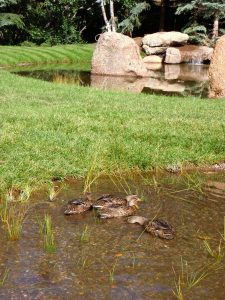 Wetlands are a wondrous and undervalued natural resource. They are the nurseries of nature, the “kidneys” of landscapes, the essence of all ecosystem services. Some of the services wetlands have to offer include: water filtration for improved water quality locally and downstream; floodwater mitigation; recharging of groundwater supplies; and providing critical habitats for a variety of plant and wildlife species, offering a valuable source for food, shelter, and breeding.
Wetlands are a wondrous and undervalued natural resource. They are the nurseries of nature, the “kidneys” of landscapes, the essence of all ecosystem services. Some of the services wetlands have to offer include: water filtration for improved water quality locally and downstream; floodwater mitigation; recharging of groundwater supplies; and providing critical habitats for a variety of plant and wildlife species, offering a valuable source for food, shelter, and breeding.
Constructed Wetlands
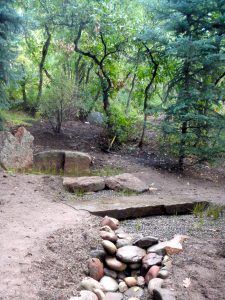 For the same reasons, I also enjoy the development of constructed wetlands. They too offer a plethora of benefits to the surrounding environment as natural wetlands do. In fact, we have just completed a 3000 square foot pond with a full wetland filtration system. The water looks absolutely inviting as the system is working beautifully. We incorporated a variety of native species that will assist with the filtration and purification of the water, and we left open, unplanted channels to assist with water flow. The plantings are a combination of rushes and sedges (popular waterside plants) designed in a way that will create an aesthetic natural look when they mature. Mature heights will range from low marginal plants to 4′ tall rushes. As the wetland matures, it will continue to evolve and enhance the surrounding environment.
For the same reasons, I also enjoy the development of constructed wetlands. They too offer a plethora of benefits to the surrounding environment as natural wetlands do. In fact, we have just completed a 3000 square foot pond with a full wetland filtration system. The water looks absolutely inviting as the system is working beautifully. We incorporated a variety of native species that will assist with the filtration and purification of the water, and we left open, unplanted channels to assist with water flow. The plantings are a combination of rushes and sedges (popular waterside plants) designed in a way that will create an aesthetic natural look when they mature. Mature heights will range from low marginal plants to 4′ tall rushes. As the wetland matures, it will continue to evolve and enhance the surrounding environment.
For more information on wetlands and how they work, the EPA website offers a lot of detail. Including the following suggestions for ways you can contribute to supporting wetland conservation in your watershed:
- 1. Consider existing wetland systems when developing your landscape plan. Plant native grasses and buffer strips along wetlands on your property.
- 2. Participate in a volunteer wetland monitoring program.
- 3. Maintain wetlands and adjacent buffer strips as open space.
- 4. Support your local watershed association.
- 5. Plan a wetland program or invite a wetland expert to speak at your school, club, or professional organization.
- 6. Create a wetland in your backyard. The U.S Department of Agriculture’s Backyard Conservation Tip Sheet covers the benefits of adopting a backyard wetland, location considerations, how to build a wetland, and tips on establishing plants for your wetland.

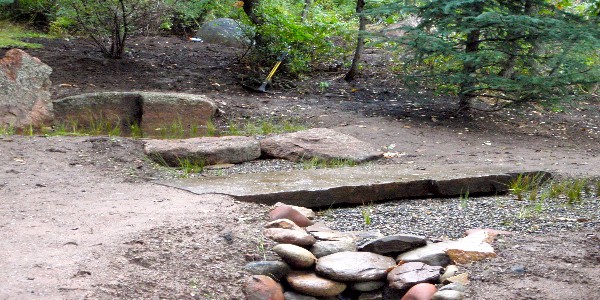
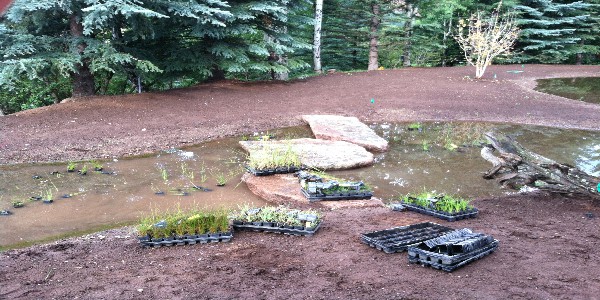
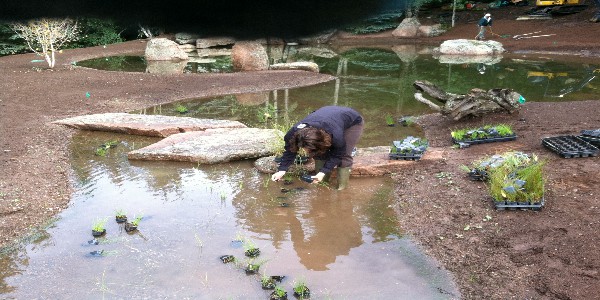

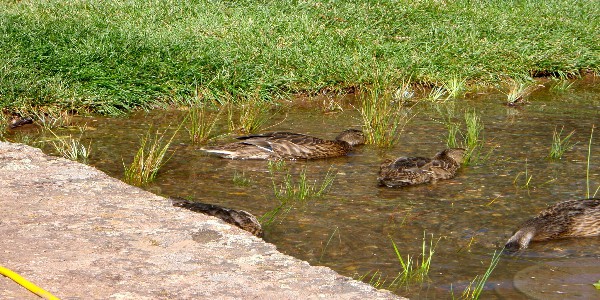
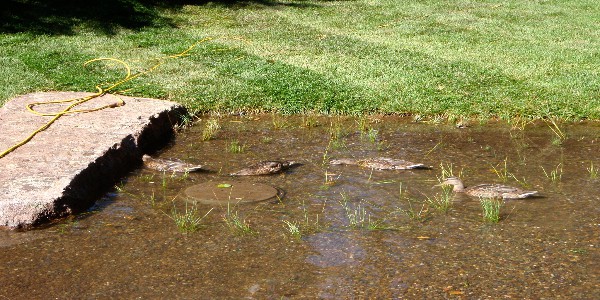
Joan Schorr
Refreshing read. ” Tell me and I forget, teach me and I may remember, involve me and I learn.” — Benjamin Franklin
Tom Betts
What a delightful message you have passed on to all of us reading your newsletter. Thank you so much!,
Have a great winter!
Tom